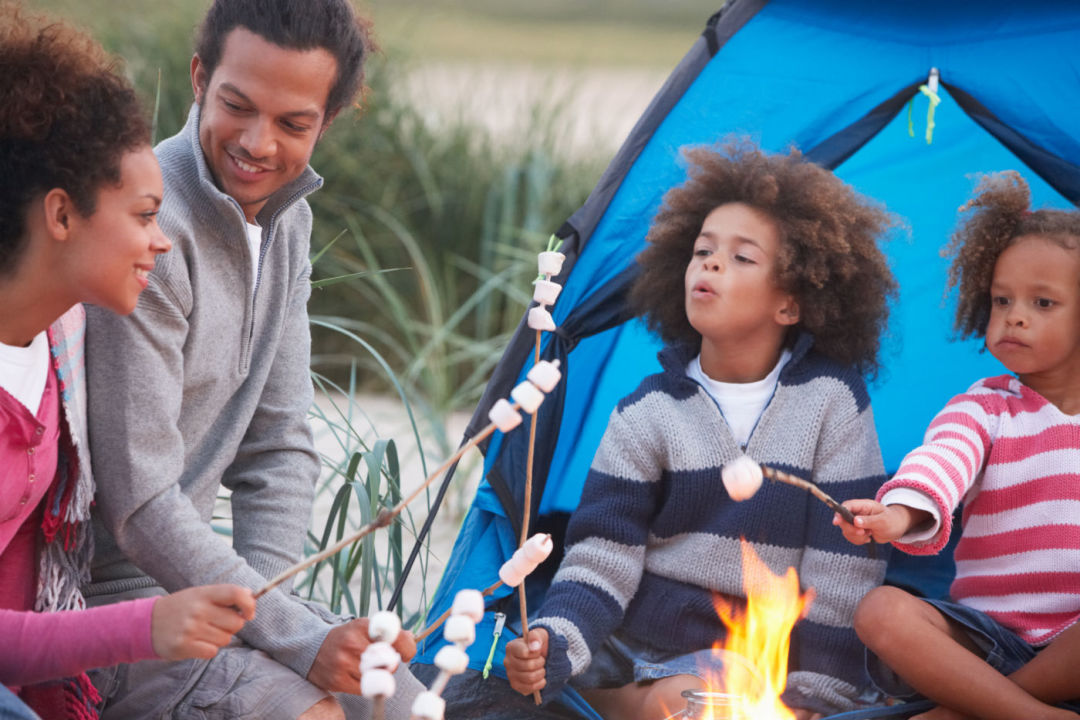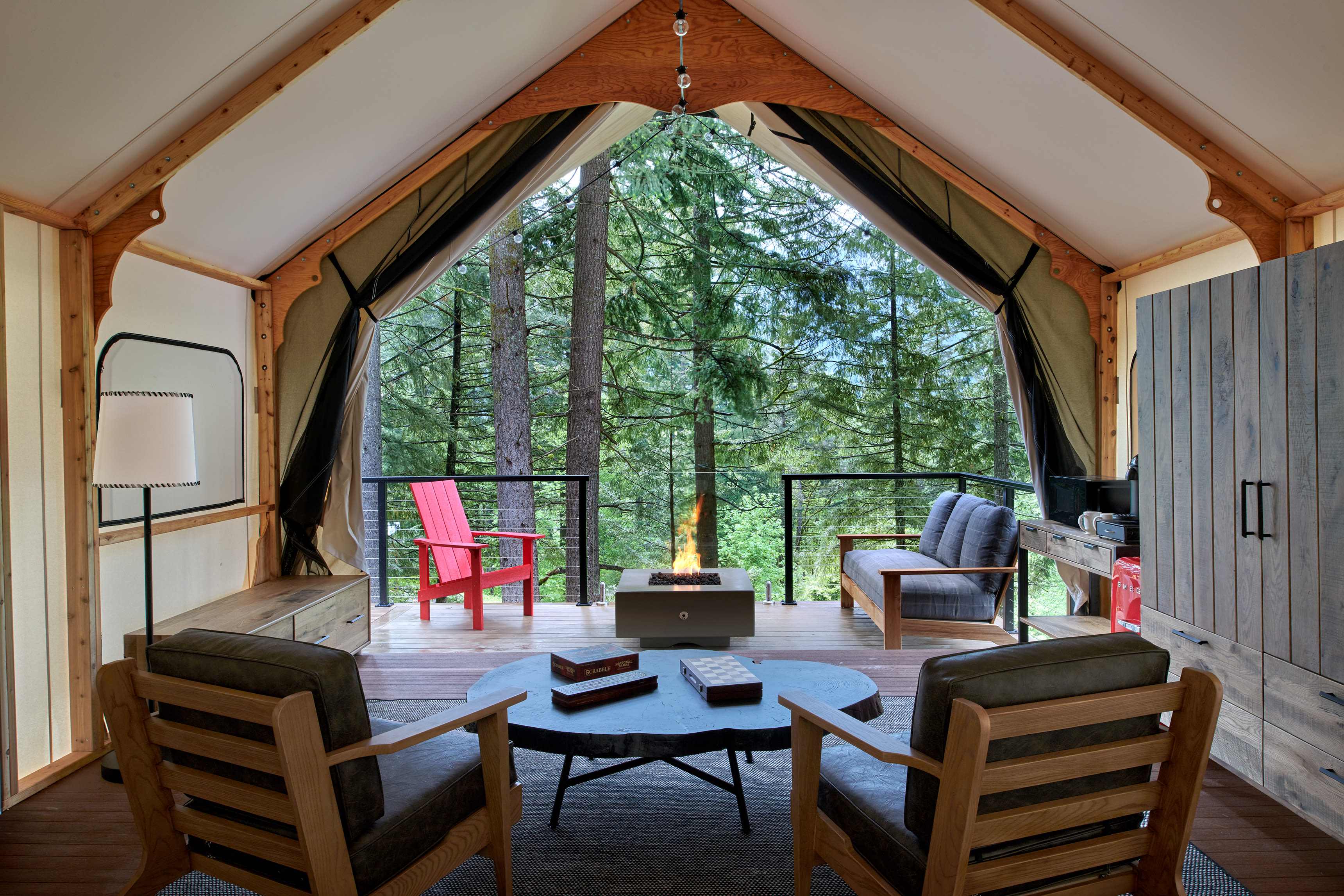Your Guide to Eco-Friendly Camping this Summer

Heading for the hills this weekend? These green camping tips from Jen Coleman, Health Outreach Director at the Oregon Environmental Council, will help you dodge environmental hazards—and avoid becoming a hazard yourself.
Planning ahead
Before you leave the house, check the web for these key hazards:
- Forest fires: The dry, mild June-uary that killed our ski season will likely result in a fierce forest fire season this summer. Check out the Oregon Smoke Blog and the air quality forecast for current info on soot, smog, and smoke levels, and don’t forget to research your campsite’s fire rules and restrictions at check through the Oregon State Parks, National Forests, or other camping website.
- Toxic algal blooms: Toxic algae can be harmful to swimmers and deadly to animal companions. Check the toxic algae bloom advisories before you dive into your favorite summer swimming hole, and stay away from foamy, scummy, water with thick pea-green, blue-green, or brownish red color.
Packing
Whether you’re a clueless city-dweller or an expert environmentalist, double-checking the OEC’s green camping checklist ensures a successful excursion. Here are a couple extra hints:
- Choose castile soap, triclosan-free toothpaste, and dye- and fragrance-free deodorant to keep our waterways clean. (Fragrances also attract bugs, so going fragrance-free is a double win.)
- Reduce waste by dumping disposables in favor of durable mess kits and cloth towels. Pack a washtub for dirty dishes, a breathable bag for grimy linens, and, of course, your favorite reusable water bottle. (If you’re up to be a true trash warrior, tie a garbage bag to your hiking backpack to pick up trash along the trail.)
Protecting
While it’s vital to stay protected from insects and UV rays, many store-bought sunscreens and bug repellants can cause more harm than good. The OEC advises avoiding sunscreen/bug repellant mixtures, sunscreens over 50 SPF, spray sunscreens, and toxic sunscreen ingredients like retinyl palmitate and oxybenzone.
With all that ruled out, what’s left? The best defense against both bugs and sun is a light shirt and pants, hat and sunglasses. Second best is a lotion or cream with high UVA protection, a mineral based blocker like zinc oxide or titanium dioxide and a high SPF that’s not above 50+. You can also consult EWG’s guide.




